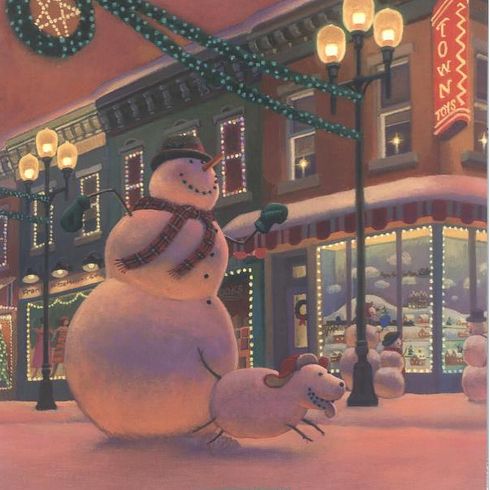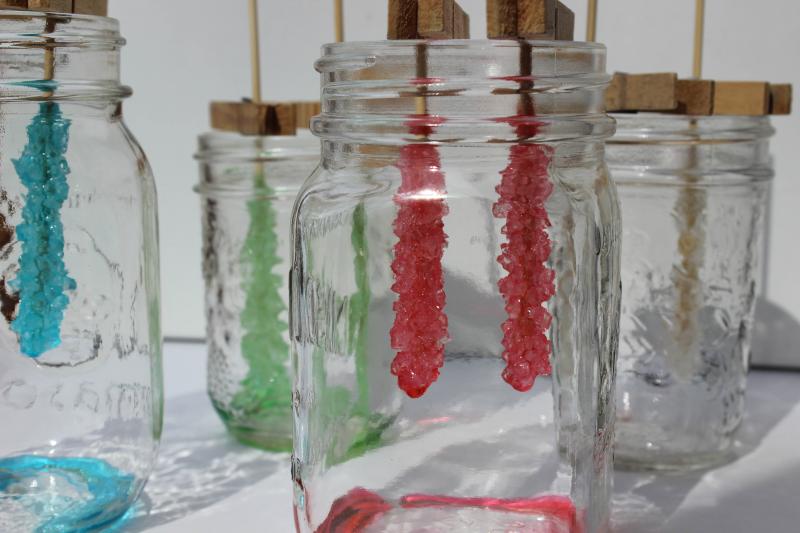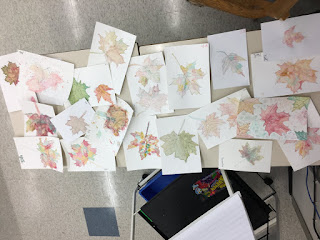They all order a burger and a milkshake. When they are done, the proton asks the waiter, "What do I owe you for my meal?"
"For you proton," he replied "It will be $10.95".
"And how much for me?" Asked the electron.
"Electron, you owe me $5.00."
"How much will I pay you?" Asked the neutron.
"For you, my friend - NO CHARGE!".
Get it?
Protons have a positive charge, electrons have a negative charge, and neutrons are neutral (no charge!)
The kids are becoming more interested in Chemistry as we get into our current unit in Science. One question that a few students have inquired about is this: what is plasma?
We took a detour from the next lesson to explore this state of matter. Kids learned about protons and electrons being attracted together. When plasma is created, the gas is heated and contains so much energy that the electrons are freed from the protons and are traveling around loosely. We can find plasma in many natural ways (Northern lights, stars, some types of lightning), and many man made products (fluorescent light bulbs, neon signs).
Plasma is sometimes considered the "4th state of matter"!
Stay tuned for updates on our science experiments happening next week on MIXTURES.
Comment below if you would like to ask any questions or make any comments on Science this year! Just select "Name" option, and write in your comment. It will be approved by a teacher and added to our blog!





















